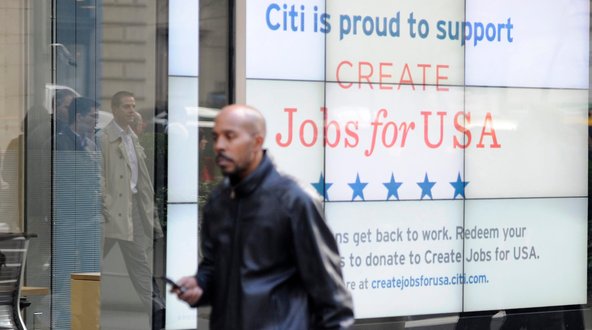Typically bound by short-term leases, displaying products made by others, and run by first-time entrepreneurs with limited capital, shopping mall carts and kiosks have long been considered an unsophisticated small-business underclass. More recently, however, these small-footprint retailers have come to be seen as possessing surprising potential.
“We’d been in business five years at one of our Atlanta kiosks,” said Taki Skouras, chief executive of Cellairis, which sells chargers, batteries, decorative cases and other accessories for wireless devices. “A lady bought something and asked, ‘Hey, are you guys going to be here after the holidays?’ We just celebrated our 13th anniversary at that location.”
Today, employing a corporate staff of 130, manufacturing 70 percent of its 60,000 distinct products and shipping from nine warehouses, Cellairis has 720 retail locations. Most are no bigger than 150 or 200 square feet, but systemwide revenue now exceeds $350 million a year. For Cellairis and others, kiosks have become a very big business.
“Ten to 15 years ago, this was an opportunity for someone to take in a million dollars,” said Patricia Norins, chief executive and publisher of Specialty Retail Report, which covers the 50,000 carts, kiosks and automated vending locations in the nation’s more than 2,300 malls. “Now, I think you could point to 50 who are at least $10 million in annual sales and maybe five who are doing upwards of $100 million.” Ms. Norins is no stranger to the middle of a mall. In the 1970s, her parents sold Christmas ornaments from atop four folding tables pushed together in malls in New Jersey and on Long Island. Eventually, they expanded to 300 malls.
Much has changed since 4-foot-by-8-foot carts with wagon wheels — known as retail merchandising units, or R.M.U.’s — had their debut some four decades ago. Realizing the value of their mini-merchants, malls installed electrical outlets and better lighting in the middle of their shopping concourses. More recently, Wi-Fi-enhanced laptops and tablets have enabled merchants to maximize their tiny selling spaces. Thanks to Square and other credit card swiping apps, many operators display more merchandise where a countertop register once sat. Others use an iPad to showcase merchandise they do not have room to stock, and the close sales remotely, with real-time instructions to the warehouse to ship the goods to the buyer’s home.
But several advantages of specialty retailing remain constant and help explain the $8 billion in annual mall sales that Ms. Norins attributes to this often-overlooked venue.
“We call it 360-degree retail,” said Ted Kaminski, senior vice president of specialty leasing for The Westfield Group, owner of 47 malls in America and 104 around the world. “It’s your product, your presentation, your service exposed on all sides.”
Whereas conventional mall stores need window displays to coax customers across their thresholds, carts and kiosks are retailing islands awash in a constant flow of potential customers. “That’s the best advertising money can buy,” said Mosin Khan, vice president of operations at S.h.a.p.e.s Brow Bar, an eyebrow threading alternative to waxing and plucking. “This saves us thousands of dollars on advertising. We don’t send any mailers to houses. We just count on the people who come to the mall.”
Starting with a cart in a Chicago mall in 2004, S.h.a.p.e.s effectively road-tested the brow treatment offered by Mr. Khan’s wife in her full-service Chicago salon. And it did so cheaply, paying only $2,100 in monthly rent. Success with a second cart led to a kiosk the next year, which increased rent to $4,600 — still about half of the cost of an in-line store. Mr. Khan points to the added savings on construction: $25,000 to $30,000 for a kiosk versus a minimum of $100,000 to build out a store. Moreover, operating in what malls call “temporary leasing spaces” also lowers labor costs. Most carts can be run by a single employee per shift. Kiosks typically position two employees inside the structure.
Mr. Kaminski said carts and kiosks served as retail incubators, noting: “We often incubate a tenant from an R.M.U. to a kiosk — and sometimes the progression is from kiosk to in-line store.” But even when they make the leap into stores, many cart and kiosk merchants maintain their roots. S.h.a.p.e.s now has some two dozen full-fledged stores that offer more chairs, additional services and a more private experience — an important consideration, especially for the male customers who account for nearly 10 percent of the business. But the company also has 42 kiosks, some of which build the brand and send overflow business to a nearby store in the same mall. Mr. Khan plans to expand mostly through franchisee-run kiosks, which are made in Asia for as little as $5,000 apiece. “One of my selling points to franchisees,” he said, “is I can put you in business for as little as $30,000.”

